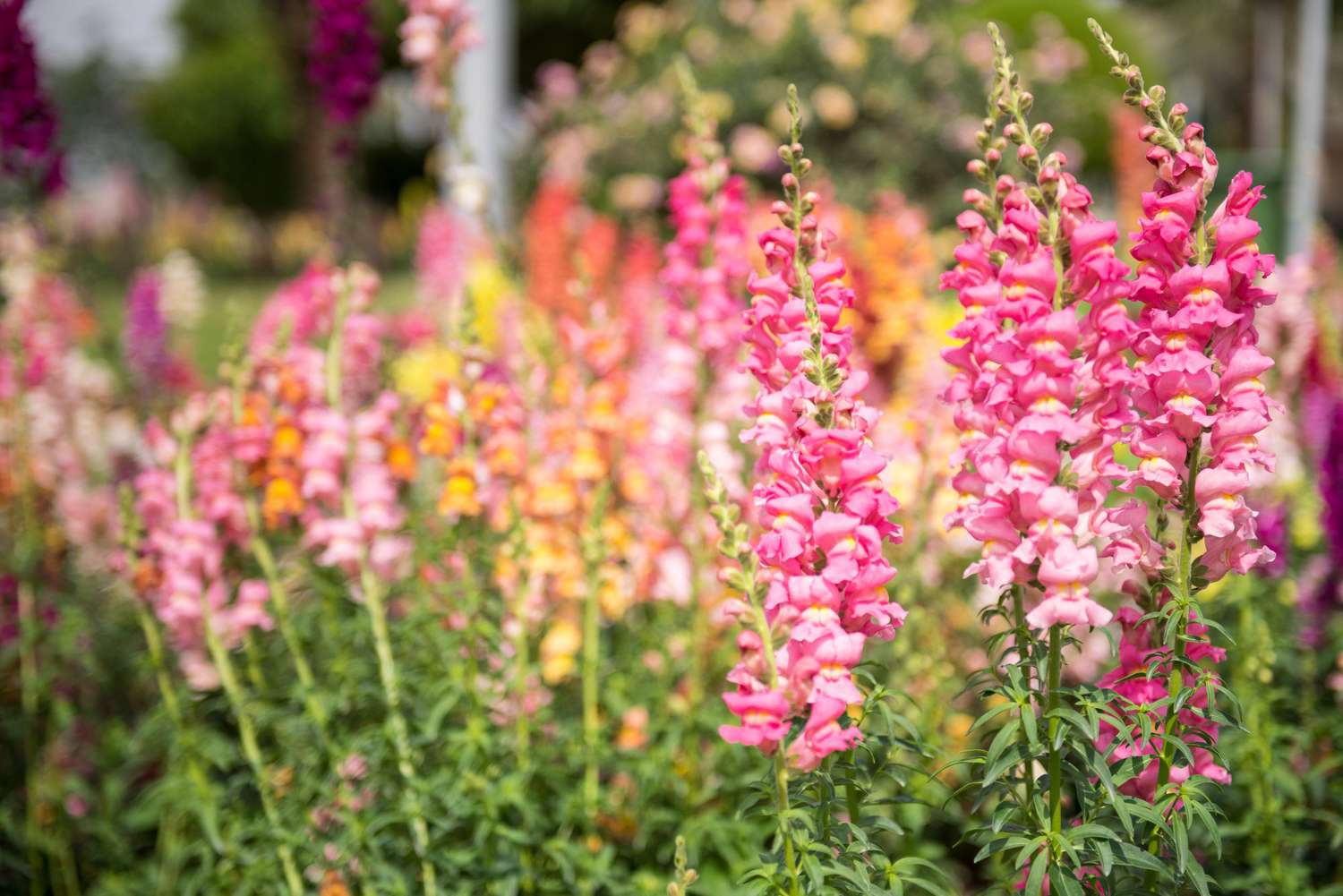
5 Colorful Spring Annuals You Can Plant This Weekend
When spring is in the air, there’s nothing quite like seeing a garden exploding in seasonal color. From violets, pinks, blues, and yellows, these classic spring colors were meant to add some much-needed interest to your yard after the dormant winter season. But, with such a magnificent show, it’s important to remember the beauty of spring annuals (particularly in the South) is fleeting
Justin Hancock, horticulturist for Miami, Florida-based Costa Farms, says some warmer climates might require replanting summer annuals once the temperatures start to get too warm for these springtime stunners. That being said, he recommends applying a nice layer of mulch over the soil and planting in a location that receives some afternoon shade in order to get the most out of these cooler season annuals. Here, Hancock shares more tips and tricks for setting your garden aglow with gorgeous spring color care of his favorite annual varieties.
Justin Hancock is a horticulturist for Miami, Florida-based Costa Farms.
Getty Images
Larkspur (Consolida ajacis)
“Larkspur seems to have fallen out of popularity, which I think is sad because it’s such a delightful addition to the spring garden,” says Hancock. Its blue, pink, purple, or white floral spikes bloom throughout the spring and can reach up to 2 to 3 feet in height, adding a big dose of verticality and texture wherever it’s planted. According to the gardening pro, larkspur is self-sowing, which means it can drop seeds that sprout the next year. “So if you get a good patch going, you may get new plants popping up on their own every year,” he says.
Getty Images
Lobelia (Lobelia erinus)
If you’re looking for a spring annual that has the gusto to stick around into the summer, lobelia isn’t it, though it does come with its own enticing attributes that might just convince you it’s worth adding to your seasonal garden beds. “Lobelia is a cool-season annual I love for its explosion of true-blue flowers, though it also comes in purple, pink, and white,” says Hancock. “It has a delightful soft texture, and depending on the variety, a mounding or trailing form that makes it a delight in container gardens.” If you’re looking to extend the seasonality of your lobelia, Hancock suggests planting it in a spot that receives shade throughout the hottest part of the day.
Snapdragon (Antirrhinum majus)
If you’re opting for snapdragon, don’t pass on the opportunity to select a fragrant variety that can not only impart texture and color in your yard, but a pleasant perfume, too. The unique shape of the flowers that grow in spike formation are reminiscent of a dragon head, which Hancock explains is how the annual received its common name. “If you squeeze the sides of an individual flower, it opens and snaps shut like a dragon’s jaw,” he says. The vertical texture and wide range of color are two of Hancock’s favorite aspects of this springtime stunner, but he says it’s versatile, too: It can range in size from 8 inches to 3 feet tall, working equally well for a garden bed or a container.
Getty Images
Sweet Alyssum (Lobularia)
“This low-growing groundcover practically smothers itself in fragrant white, pink, or purple flowers,” says Hancock. “The scent is sweet like honey and if you grow it in a pot, it spills over the side, adding texture and softness to your arrangement.” The delicate appearance of the blooms don’t hide any secrets—it’s not going to be a spring annual that typically has enough muscle to see it through the hot temperatures of summer—though Hancock says there are some newer varieties that can see extended seasonality.
Viola (viola)
One of the earliest spring annuals you can get your garden-gloved hands on might just be violas. Hancock says it performs well even in frost, which makes it a great choice for early spring color. The vast array of colors from white to a deep, almost-black shade can make a beautiful companion for spring-blooming bulbs like Crocus, he says. The compact size (about 8 inches) makes it ideal for tucking in just about anywhere.
How to Care for Spring Annuals
The proper care for your annuals will depend on the variety. “There are some super hearty annuals that don’t need any special care—as long as they get the right amount of light and water, they’re fine,” explains Hancock. On the other hand, he says some annuals might need periodic deadheading or trimming in order to continue blooming, while others require frequent fertilization. Then there’s the matter of temperature. Hancock says many spring annuals come from cooler locales and thus can’t stand up to summer heat. Conversely, annuals that grow well in tropical areas might not thrive until the temperature reaches at least 70°F.









